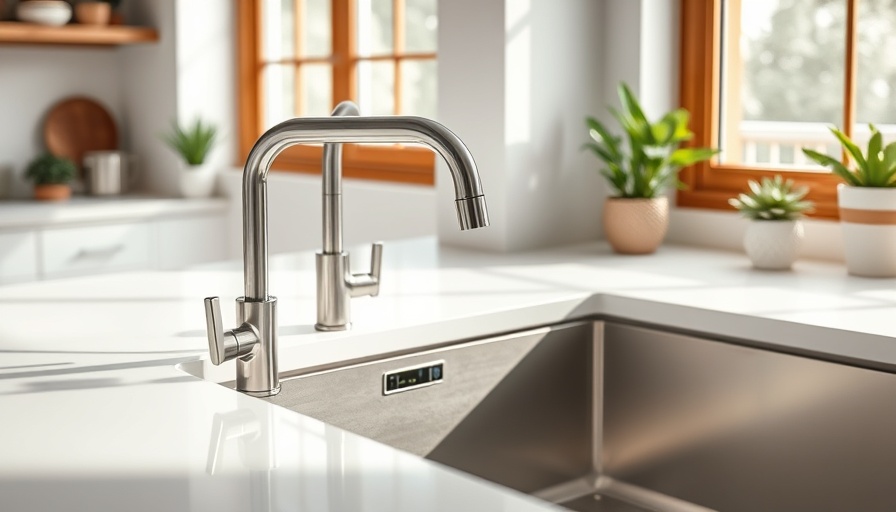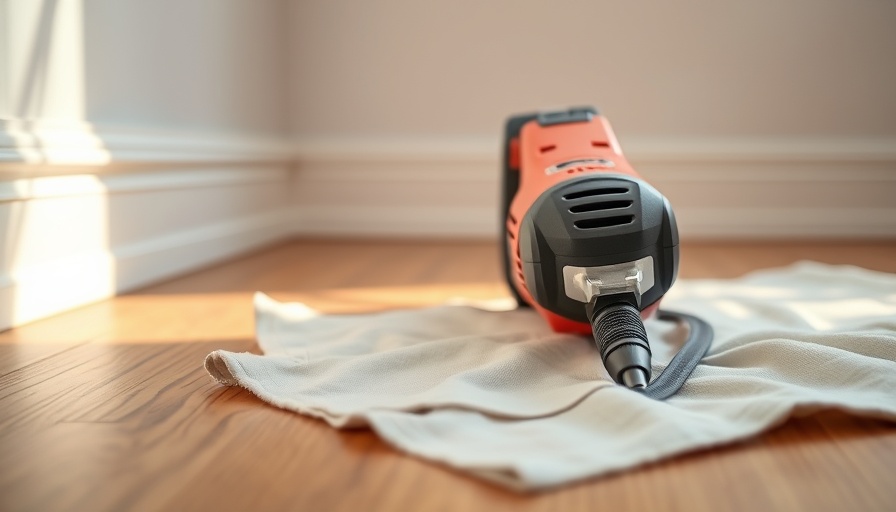
What’s That Thing Next to My Kitchen Faucet?
If you've ever wondered what the little dome-shaped contraption next to your kitchen faucet is, you're not alone. Many homeowners, especially those new to a home, overlook this crucial component. The answer lies in its functionality: it’s an air gap, and its primary job is to work with your dishwasher.
The Purpose of Your Kitchen Air Gap
The air gap is not just a random addition to your sink. It plays an essential role in the dishwasher drainage system. When your dishwasher finishes washing and rinsing your dishes, it pumps out used water through a drain hose. This is where the air gap comes into play. Its two primary functions are to ensure effective drainage and to prevent contaminated water from flowing back into your dishwasher.
As described by plumbing expert Alex Atkinson, “The air gap creates a physical break between the dishwasher and the drain.” This break is vital because if water backs up in your sink due to a clog, the air gap ensures that instead of rushing back into the dishwasher, the water can escape out onto the counter, saving your clean dishes from potentially being contaminated.
Why Is It Called an Air Gap?
The name 'air gap' might seem unusual for a dome-shaped object, but its function is aptly named. The air gap has openings that allow air and water to pass through, thus creating a necessary break in the system. This function can be crucial, especially in preventing any siphoning effect that might occur when water pressure changes.
How Does It Work?
Understanding how the air gap operates can be quite illuminating. The drain hose from the dishwasher connects to the air gap, which is installed above the sink. The drain then leads to the sink drain. When the dishwasher is draining, it uses a pump to expel water through this hose, forcing pressurized air ahead of it.
If there is any obstruction—like food debris—inside the hose, the air gap provides a relief route for the air, allowing water to flow freely without the risk of backup into the dishwasher. This unique setup protects not only your dishwasher but also your home from unsanitary situations.
Do You Need an Air Gap?
The necessity of an air gap can vary depending on local plumbing codes—some states require it, while others may not. Even in areas where it's not mandated, having one can offer peace of mind. As home repair expert Kevin Crawford points out, this component acts as a safeguard for your investment, prolonging the life of your dishwasher and keeping your dishes safe.
Common Misconceptions About Air Gaps
Many homeowners may confuse air gaps with soap dispensers or think they are mere decorations. Understanding its true function emphasizes the importance of having this fixture in homes equipped with dishwashers. It not only enhances the efficient working of appliances but also safeguards health and hygiene in your kitchen.
Practical Insights for Homeowners
For those contemplating whether to install an air gap or to replace an old one, here are some important points:
- Check Local Codes: Always confirm building regulations in your area regarding air gaps.
- Regular Maintenance: Ensure that the air gap is clean and free of debris to function effectively.
- Be Proactive: If you notice water escaping from the air gap, investigate potential clogs in the drainage system.
Conclusion: The Importance of an Air Gap
Now that you know about the air gap, make sure to monitor its condition and understand its significant role in your home. An air gap is not just an enigmatic feature—it's a crucial element protecting both your kitchen health and the longevity of your dishwasher. Learning about and maintaining these small but mighty parts in your kitchen can save you both time and money, and ensure that your home remains a safe environment.
 Add Row
Add Row  Add
Add 




Write A Comment